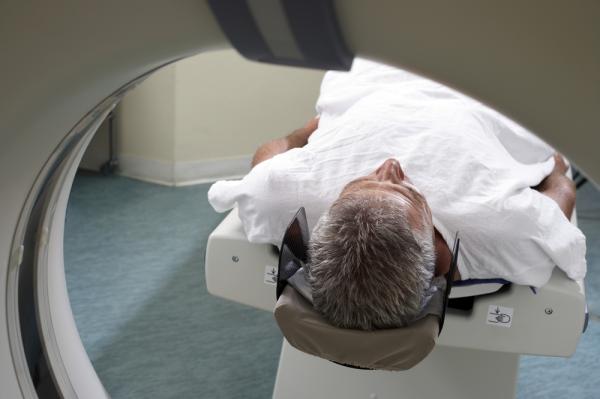
LINKOPING, Sweden, Feb. 6 (UPI) — Patients with social anxiety disorder benefited from just nine weeks of cognitive behavioral therapy delivered via the Internet.
According to a new study published in the journal Translational Psychiatry, the therapy not only reduced the anxiety levels of patients but physically altered their brains — decreasing volume and activity in certain parts of the brain.
The study was carried out by neuroscientists and psychiatrists from several Swedish universities and involved 26 participants diagnosed with social anxiety disorder, one of the most common mental health problems.
MRI scans before after nine weeks of CBT showed significant shrinkage of the amygdalae, a portion of the temporal lobes linked with memory, decision-making and emotional reactions.
“The greater the improvement we saw in the patients, the smaller the size of their amygdalae,” lead study author Kristoffer Mansson, a doctoral student at Linkoping University, explained in a news release. “The study also suggests that the reduction in volume drives the reduction in brain activity.”
Cognitive behavioral therapy is a type of psychotherapy focused on problem solving as opposed to analysis. Therapists aim to augment thought processes and their related behaviors in patients to diminish anxiety or depression symptoms.
Mansson and his research partners are studying the physiological effects of different therapies as a way to improve mental health outcomes.
“Although we didn’t look at that many patients, this work provides some important knowledge — especially for all the sufferers,” Mansson said.
“Several studies have reported that certain areas of the brain differ between patients with and without anxiety disorders,” he added. “We’ve shown that the patients can improve in nine weeks — and that this leads to structural differences in their brains.”





